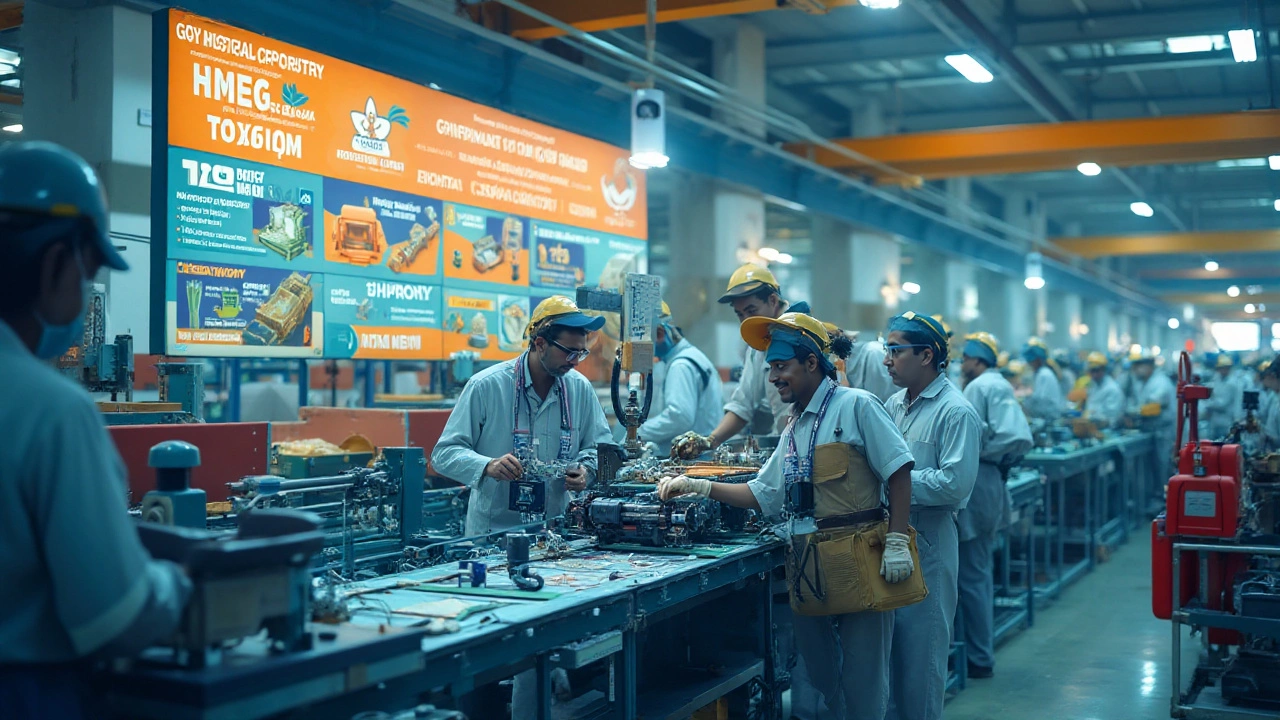Country Development: Manufacturing, Economy and Growth Trends
Ever wondered why some countries zip ahead while others seem stuck? The answer usually lies in a mix of manufacturing strength, policy choices, and how they tap into global markets. In this guide we break down the main forces that push a nation forward, share real‑world examples, and point out the data you need to spot the next big mover.
Key Drivers of Development
First up, a solid industrial base. When a country can produce everything from auto parts to high‑tech plastics, it builds jobs, attracts investment and boosts exports. Look at India’s rise in pharma labs and plastic manufacturing – those sectors alone lifted the nation’s global ranking in 2025. Second, government schemes matter. Incentives for R&D, tax breaks for green tech, or simplified customs can shave months off a product’s time‑to‑market. Finally, talent pipelines keep the engine humming. Nations that pair technical schools with industry apprenticeships tend to churn out skilled workers faster than those relying solely on overseas hiring.
Spotlight on Emerging Leaders
Germany still dominates high‑end car production, but Japan and South Korea are closing the gap with electric‑vehicle expertise. In the plastics arena, Taiwan and China lead in raw‑material sourcing, yet the U.S. is catching up thanks to new polymer recycling loops. When it comes to overall economic clout, the 2025 rankings show India moving into the top ten for manufacturing output, thanks to a surge in textile hubs like Surat and a growing pharma corridor in Hyderabad. These shifts prove that targeted investments can rewrite a country’s development story within a few years.
What does this mean for businesses? If you’re scouting a partner, check not just the product catalog but also the host country’s policy environment. A nation offering export‑friendly customs (like the U.S. for large electronics) can save you thousands in hidden costs. Likewise, look at the local supply chain depth – a strong domestic plastic supplier network reduces lead times and protects you from global price spikes.
For policymakers, the lesson is clear: combine infrastructure upgrades with education reforms and a transparent incentive framework. Countries that mix these ingredients see higher profit margins across sectors such as pharma, electronics, and chemicals. The data from 2025 shows that the most profitable manufacturing industries cluster in regions where government support, skilled labor and raw‑material access intersect.
Bottom line: country development isn’t a mystery reserved for economists. It’s a practical checklist of manufacturing capability, policy support, and talent cultivation. Keep an eye on the latest rankings, study the success stories, and align your strategy with the nations that are moving the needle today.

How Manufacturing Fuels National Economic Growth
Manufacturing plays a pivotal role in boosting a country's economic stability by creating jobs, enhancing technological advancements, and stimulating investment. Government schemes often act as catalysts by providing incentives and favorable policies to promote industrial growth. The presence of a robust manufacturing sector can help improve infrastructure and increase exports. This article explores the multifaceted ways manufacturing contributes to a nation's well-being and progress.
Read More